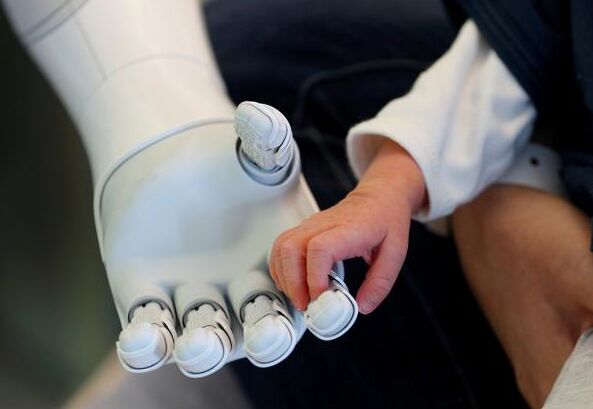The US industry and academia are joining forces to force the government to introduce artificial intelligence-related policies, both in terms of funding and legal, and hope to obtain greater support. This is one of the reasons why Stanford University published the report "Artificial Intelligence and Life in 2030." The report is divided into three parts, the first part is the definition and research trend of AI; the second part is the eight major areas of AI, including transportation, health, education, etc. The third part is policy recommendation, the purpose is to promote relevant Policy formulation. The news will be divided into three parts, and the report will be published in full. The following is the second part of the report:
Part II: Application of Artificial Intelligence in Various Fields
While much of the research and application of artificial intelligence is based on some common techniques, such as machine learning, there are differences in different economic and social sectors. We call it different domains. The next section will introduce the different types of artificial intelligence research and applications, as well as the impacts and challenges. There are eight main areas: transportation, home service robots, medical health, education, low. Resource community, public safety, work and employment, entertainment.
Based on these analyses, we also forecast a trend for a representative North American city over the next 15 years. Unlike the typical narrative in the pop culture of artificial intelligence, we seek to provide a balanced perspective on how artificial intelligence begins to affect our daily lives and how these effects will develop from now until 2030.

Traffic
Transportation may become one of the first few specific application areas in which the public needs to trust the reliability and security of artificial intelligence systems in performing dangerous tasks. Automated transportation will soon become commonplace, and the first experience of most people working in physical transportation embedded in artificial intelligence systems will strongly influence public perception of artificial intelligence. (smart car, traffic planning, instant traffic, human-computer interaction)
2. Family service robot
In the past fifteen years, robots have entered the family. But the growth in the types of applications is disappointing, and at the same time, increasingly sophisticated artificial intelligence has been deployed into existing applications. Advances in artificial intelligence often draw inspiration from mechanical innovation, which in turn brings new artificial intelligence techniques.
In the next fifteen years, in a typical North American city, the advancement of mechanical and artificial intelligence technologies is expected to increase the safety and reliability of the use and application of home robots. Special-purpose robots will be used for express delivery, cleaning offices and enhanced security, but for the foreseeable future, the technical limitations and high cost of reliable mechanical equipment will continue to limit business opportunities for applications in narrow areas. As for autonomous vehicles and other new types of transportation machines, the difficulty of creating reliable, mature hardware should not be underestimated. (vacuum cleaner, home robot)
Second-Hand Rapier Loom,Air Jet Loom,Water Jet Loom,Electronic Jacquard Machine,Second-Hand Weaving Machine,Textile Machinery
Changzhou Satidi Import and Export Co., Ltd. , https://www.czguanjiechuck.com